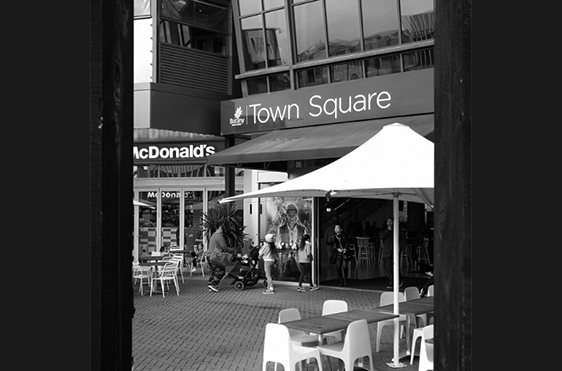National Science Challenge 11: Building Better Homes, Towns and Cities | GIVE US SPACE: Improving community well-being by enhancing performance and communication of semi-public space in the evolving public realm

Give Us Space project aims to improve residents’ well-being by ensuring better understanding, access to and usage of key semi-public spaces. Through collaborative work and action-based research between the Universities and local communities, the project created a pilot digital toolset that provides access to information on the use and perception of this kind of space, fosters social interaction, improves management and generates new knowledge. Through a multi-stakeholder engagement in three case-studies, which involved New Zealand communities in Auckland and Wellington, it explored semi-public space territorialisations regarding association narratives, claims and conflicts, and tactics of reappropriation.
Project team:
- Dr Manfredo Manfredini (P.I.)
- Dory Reeves (Co-P.I.)
- Rebecca Kiddle (A.I.)
Project website:
The places on which this study focuses are and have always been indigenous places. However, for the most part, Māori identities are not adequately reflected in these landscapes. The project will ultimately raise awareness amongst inner city and suburban residents of the cultural landscape they occupy through developing an understanding of existing conceptualisations of indigeneity in the landscape. This data will then be used to highlight possible policy and development-based responses to increase awareness of and education (mātauranga) about this cultural landscape through urban form itself. The work contributes to promote participation, empower and increase capacity in both local and translocal communities as well as support governing bodies in the achievement of the objectives set by the UN 2030 Agenda for Sustainable Development, the Sustainable Development Goal 11 – Make cities inclusive, safe, resilient and sustainable – and the associated New Urban Agenda, where public spaces are considered crucial for people’s well-being. Three main toolsets for augmented spatial analysis, participatory engagement and cultural landscape studies were developed.